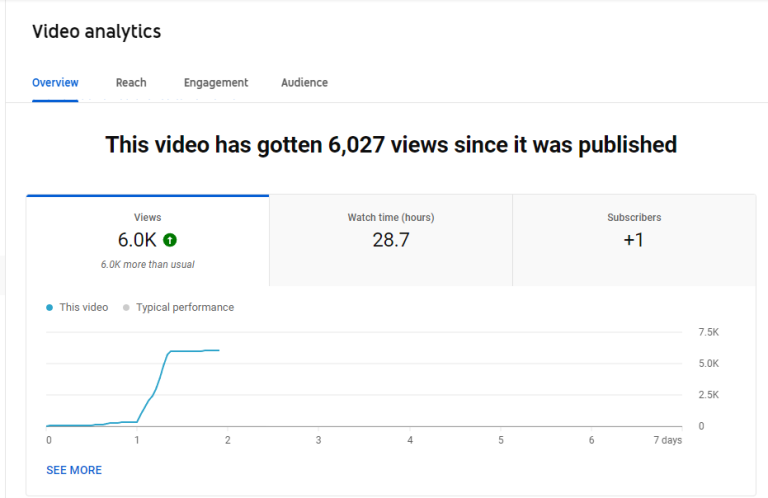YouTube Shorts is a newly-released feature on YouTube which features videos in a 16:9 format which are no longer than a minute. It was highly successful and is still a viable option for content creators to this day, with some shorts gaining millions of views.
The content creators that can benefit from shorts are not only limited to already well-established ones. The algorithm behind shorts is much less-selective than the regular algorithm and many small YouTube channels can use the shorts algorithm to grow due to the ease of gaining views on videos.
Recently, as I was browsing through my shorts feed, I noticed that I was being recommended a large amount of content from smaller channels. These channels sometimes had less than 500 subscribers, yet their shorts were gaining thousands of views. I got curious because of this and wanted to see if I could reverse engineer the shorts algorithm in a way to see if I could artificially make a video “blow up”. Due to this, I started to research what makes a video more preferable for the algorithm to recommend.
After research, the order I found of impactfulness on a video’s performance is as follows:
Audience retention – How much of the video the average viewer watched. If this metric is above 100%, that means that the average viewer replayed the video.
Video duration – How long the video is. Longer videos are generally better than shorter videos, but only as long as the viewer stays on the video. For example, if a 1 minute video only had a 50% watch time but a 20 second video had a 150% watch time, the 20 second video would be more favored by the algorithm despite having a lower amount of view duration because of the audience retention.
User interaction – Whether the user likes, comments, shares the video, or subscribes to the channel after watching the short. If a viewer watches the video and does the following above interactions, the video is given a higher priority than a video of the same length/view duration due to the positive interaction it gets from the viewer.
There would need to be multiple different accounts/devices which leave these positive interactions for a video to do well in the algorithm.
After gathering this information, I wanted to find a way to test this data. Fortunately, two of my friends, James and Saarang, had YouTube channels.
James had a channel with 98 subscribers and an average of 50 views per video. He posted Minecraft gaming content.
Saarang had a channel with 38 subscribers and an average of 30 views per video. He also posted Minecraft gaming content.
I came up with a plan which involved asking my friends to watch a YouTube Short that James or Saarang would post at least two times completely then share the link to an alternate account and watch that video there two times as well. The watchers would also alternate from computer to phone and then watch the video in order to get a larger amount of IP addresses watching the video.
We first tested this with Saarang. He uploaded a gaming clip of him in the form of a YouTube short. Immediately after, James, Saarang, another friend and I started to watch the clip multiple times over on different devices and accounts. The clip got to 50 views in under an hour because of us. After that, we waited for around 15 hours and let the clip gain views on its own (it reached about 100 views). Then, right after, the clip shot up to 1200 views. It was a success.
A few days later, we tested it with James. He uploaded a gaming clip of him as well and we repeated the previous process. However, this time James sent the clip to more people to watch at least twice. A similar amount of growth followed with an initial jump in views when the clip was posted to a stall then to a very large spike. In fact, this spike was so large that the clip got to 5700 views.
We continued to follow this process for later shorts uploads, each producing thousands of views.
